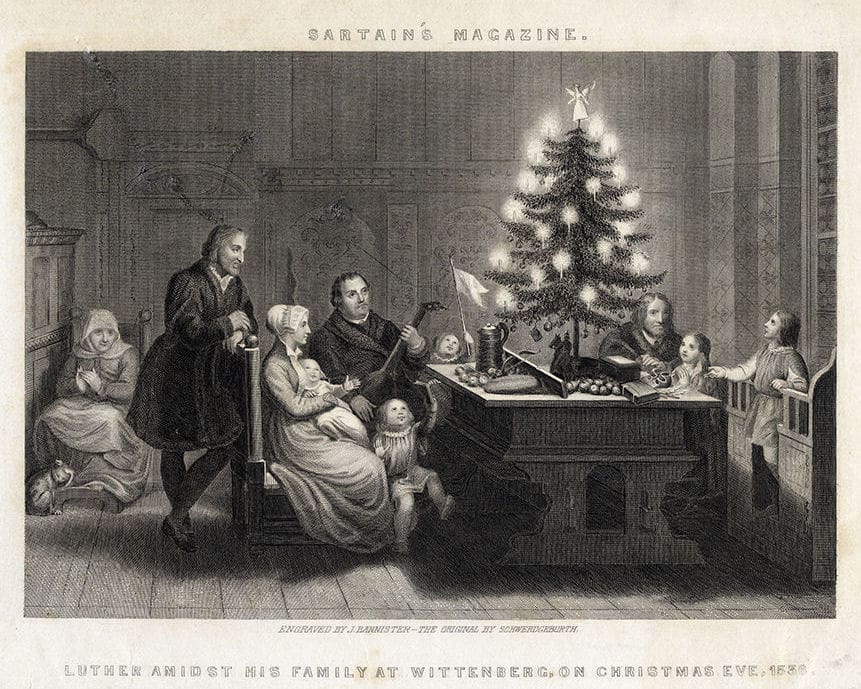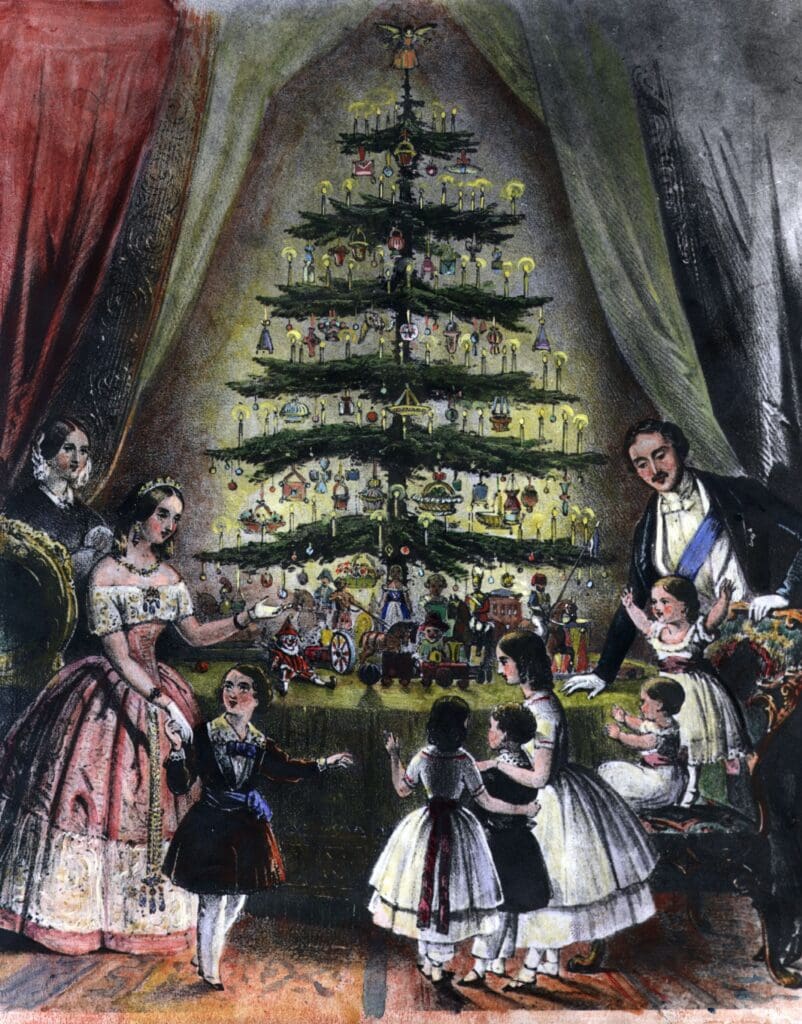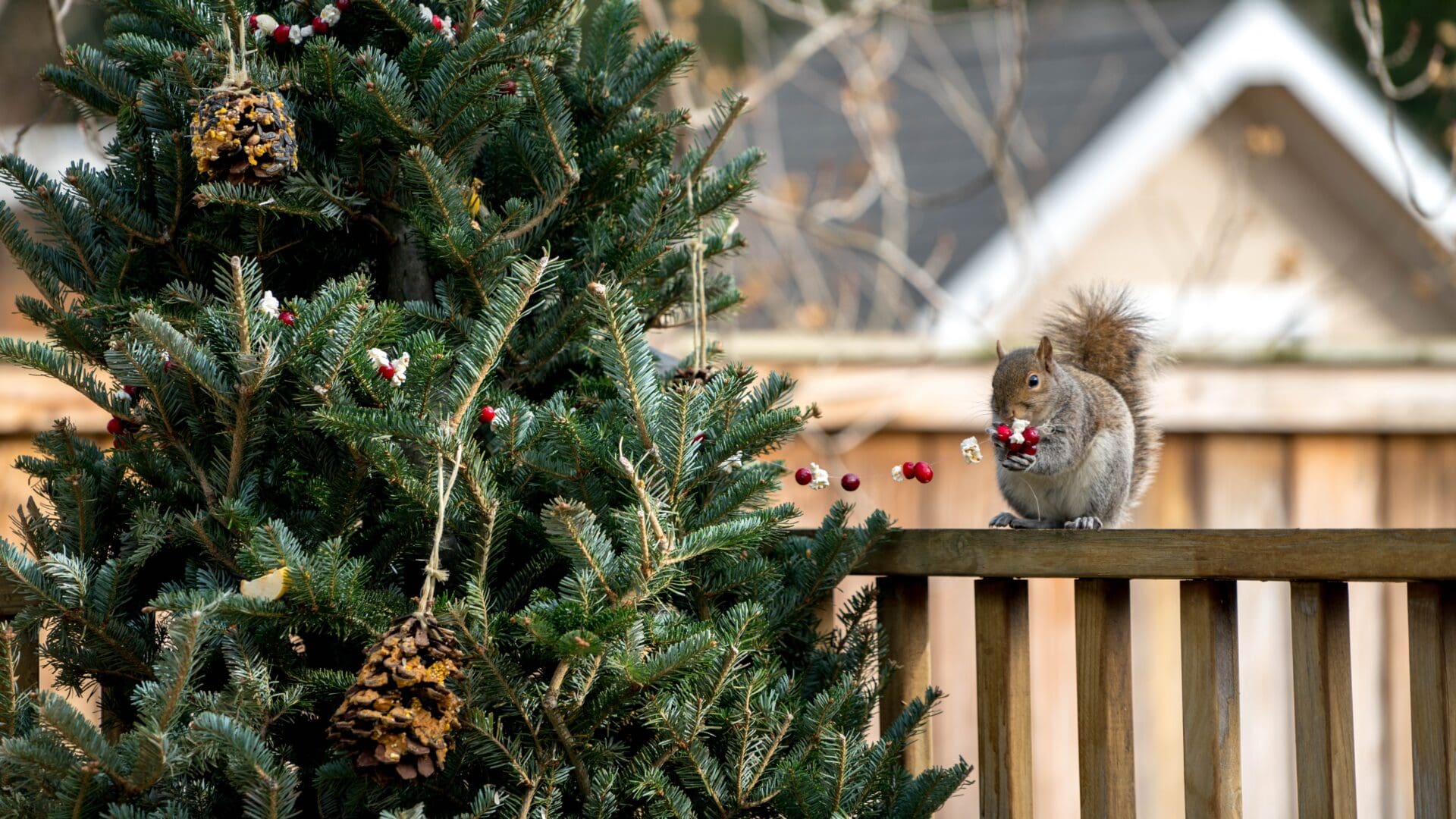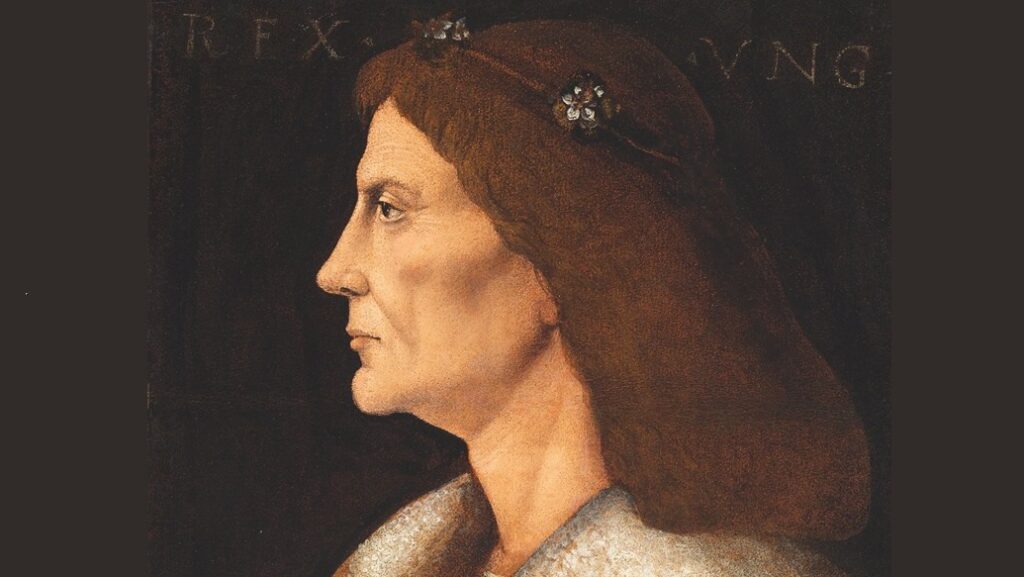Christmas markets, hot chocolate, gifts in special stockings and postcards—there are bountiful traditions and customs associated with the celebration of Christmas in the West. However, probably the most omnipresent and iconic tradition is the decoration of the Christmas tree, a custom so ubiquitous that it has spread to distant corners of the world, including Japan and China. The Christmas tree is so inseparable from the festive season that whether fake or real, traditionally pine-looking or creatively reinterpreted (for example, consisting not of pine branches but of feathers), it is still present in most households in December, whether Christian or not.
The symbolism of the Christmas tree is derived from Christianity, and most likely it originally was meant to represent the Garden of Eden. Thus, in the Middle Ages, it was common to decorate the evergreens with apples, making a reference to the Genesis. Allegedly, it was only after the Reformation that people began to put candles on the branches, symbolizing Christ as ‘the light of the world’.
According to some, the first person to put up a decorated pine tree inside the house to celebrate the birth of Jesus Christ was Martin Luther, the father of Protestantism himself.

While it is widely accepted that the tradition of putting up a decorated pine tree for Christmas Eve originates in Germany, some hold that the first Christmas tree was erected in Tallinn, Estonia, in the year 1441. According to references, the tree was apparently set up in front of the town hall for a dance.
What seems to be certain, however, is that
Europeans used to decorate trees for ritual purposes even before the arrival of Christianity,
and the resulting custom has been a coalescence of two cultures. Albeit scholars speculate on the exact place of origin of this tradition, it is largely attributed to the Germanic midwinter celebrations of Yule, which later found themselves incorporated into Christianity. A legend even holds that in the 8th century St Boniface prevented a Germanic pagan human sacrifice to God Thor by cutting down an oak tree dedicated to the pagan god—and that later a fir tree grew on its place, with its branches representing Jesus’s eternal truth and grace. In any case, among Germans the custom of putting up a Christmas tree was exceptionally popular, with demand rising so high that in the 16thth century laws were passed in the city of Strasbourg criminalizing pruning and cutting down pine trees. Unsurprisingly, this city is also known for hosting the oldest ever recorded Christmas tree market.
As German settlers and colonists migrated to other parts of the world to seek fortune, they brought the miraculous habit of decorating a Christmas tree with them to other regions of the globe, including North America and Britain. As a result, and due to their cultural dominance, the Christmas tree became deeply engrained worldwide in the celebrations of Christmas.
Outside Germany, the tradition had not gained notable recognition until the 19th century. As a matter of fact, in some parts of the world the Christmas tree was even initially and temporarily outlawed, as some people surmised that the custom had pagan roots. The irresistible allure of this majestic tradition eventually made the Christmas tree’s way into the hearts of all Christians. In Britain, the first wave of popularizing the Christmas tree is attributed to German-born Prince Albert, husband of Queen Victoria. In the United States, the first records of Christmas tree sightings are from the same period, with the beginning of German migration to the Mid-West and further. At this time, German settlers were decorating the trees with cotton, pecans, red pepper swags, moss, and popcorn. Eventually, even some American Indians adopted this beautiful custom.
Interestingly, the British royal family’s recognition of the Christmas tree significantly contributed to the acceptance of this custom in America. According to Judith Flanders, a researcher of the origins of the Christmas tree, a single picture of the royal family around a Christmas tree was capable of cementing the image of the Christmas tree with presents underneath both in the British and American public. After the release of this image, putting presents underneath the tree became a firmly established Western ritual.

Since the publishing of that picture in top British and American magazines, the attitude switched from neutrality, and, at times, suspicion, to fully embracing Christmas trees as an established Christmas tradition. The American interpretation of the Christmas tree added a new cultural layer to the global understanding of the Christmas celebration—the idea of mounting enormous Christmas spruces in public spaces traces back to the late 19th century USA.
Lights on the tree by now have become a distinctive touch that characterizes modern-day Christmas trees. An equally important decorative element of the modern Christmas tree originates from the so-called ‘Christian Pyramid’, a triangular wooden construction that was embellished with Christian figures, and surmounted by a star. Eventually, as all these elements seamlessly united to gave rise to the enchanting image of the Christmas tree as we know it today.
In Hungary, the Christmas tree first appeared in the first half of the 19th century among the German-speaking urban dwellers.
As the German and Hungarian cultures were intertwined politically, socially and through the family ties of the nobility, the popularity of the Christmas tree spread like wildfire across the Kingdom. It is believed that the first ever Christmas tree decoration can be attributed to Princess Maria Dorothea of Württemberg in 1819, whereas the first Christmas tree was erected in Pest by Countess Teréz Brunsvik in 1823. The Bezéredy and Podmaniczky families also played a role in the spread of the custom, and as a result, which quickly conquered the cities. The first ever mention of the Christmas tree in Hungarian literary fiction is in Jókai Mór’s story entitled ‘The Beggar Child’ (‘A koldusgyermek’), symbolically marking the full acceptance of this tradition by the Hungarian people.
Whether it is plastic or wooden, real or made of feathers, the Christmas tree continues to bestow joy upon our spirits and warmth upon our souls.








